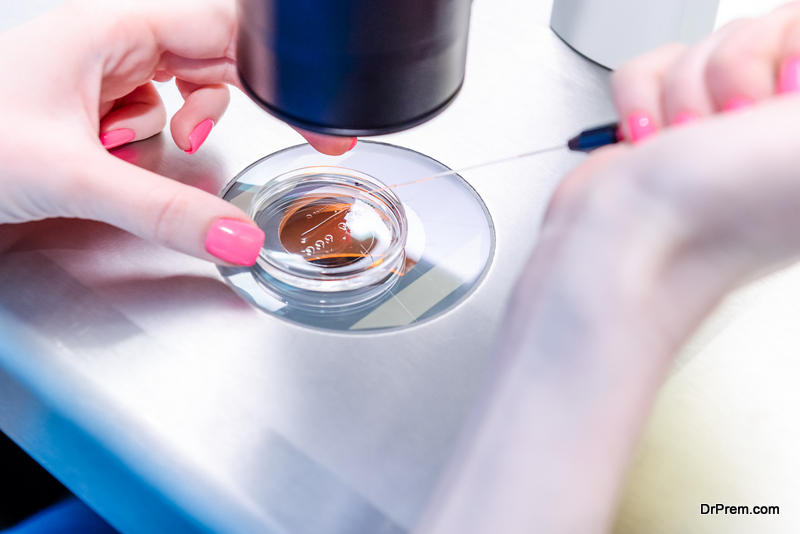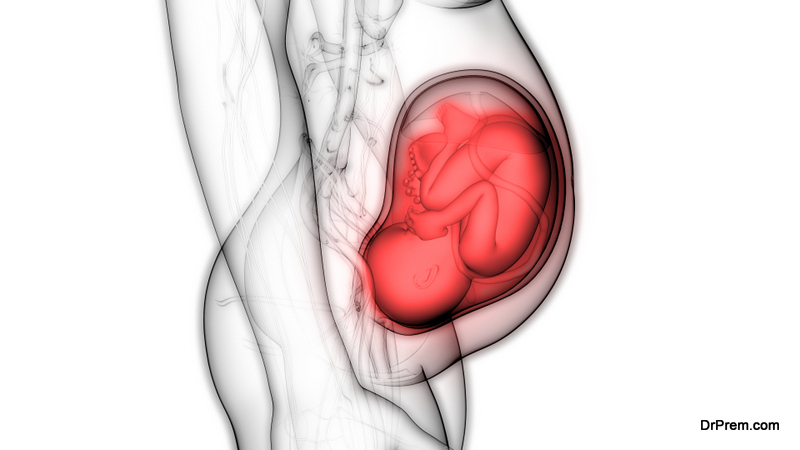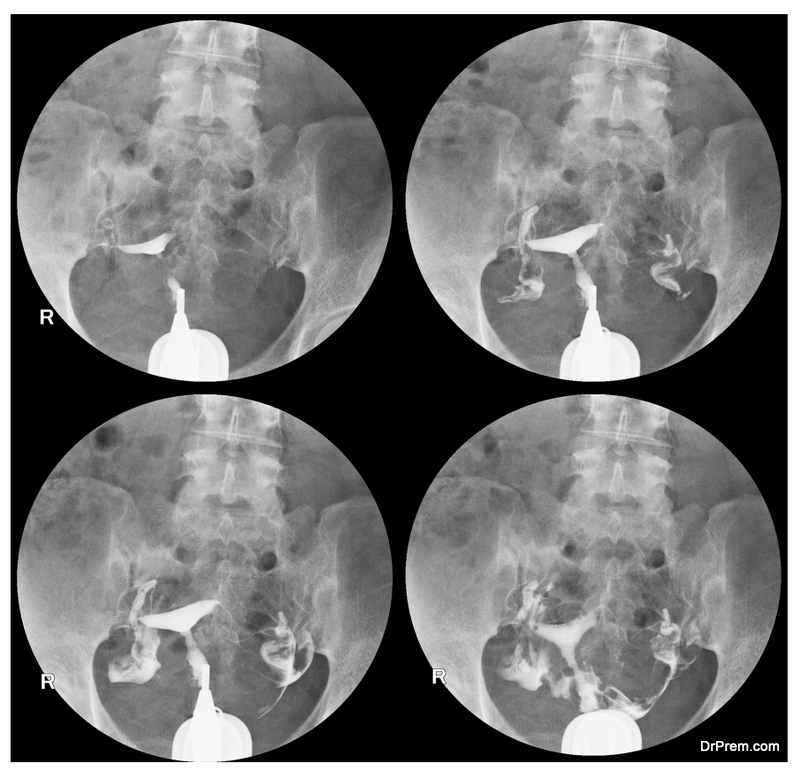Most of the top healthcare organizations are proud of their high level of effectiveness of assisted reproductive technologies.Due to which it was possible to achieve excellent results.
The improvement of reproductive technologies is the result of the team work of many specialists, doctors and biologists. The diagnosis and treatment of infertility at healthcare organizations like ISIDA Care provides for the use of all modern medical capabilities for female and male health: genetic and immunological studies, minimally traumatic minimally invasive surgical solutions, individually selected drug treatment, advanced biotechnologies.
1. LESS IS REALLY BETTER
 Reducing the number of embryos that are transferred is one of the key indicators of the level of the clinic of reproductive medicine. After all, the goal is not pregnancy at any cost, but the birth of a healthy baby.
Reducing the number of embryos that are transferred is one of the key indicators of the level of the clinic of reproductive medicine. After all, the goal is not pregnancy at any cost, but the birth of a healthy baby.
The whole experience of world medicine indicates that the best option is a singleton pregnancy. This avoids the risks associated with multiple pregnancy, as well as such a forced action as reduction. Most of the leading healthcare organization consider transfer of three embryos as risky.
One embryo is transferred to patients up to 35 years old,after 35 and with prolonged infertility, two can be transferred. At the same time, the effectiveness of ART does not decrease. On the contrary, the number of successful pregnancies is growing thanks to a whole range of improvements.
2. CAREFUL APPROACH
 Reducing the number of cases of hyperstimulation by 30-40% is a wonderful result! After all, the introduction of drugs to stimulate egg maturation can cause an excessive reaction from the female body. Sometimes, the consequences of such a reaction require inpatient treatment. With the help of customized approach and gentle stimulation schemes; a patient can avoid complications with the choice of protocols. However, even slight signs of hyperstimulation can adversely affect pregnancy. In this case, the cryopreservation of the embryo and the implementation of the transfer becomes the optimal solution when the woman’s body recovers after hormonal preparations.
Reducing the number of cases of hyperstimulation by 30-40% is a wonderful result! After all, the introduction of drugs to stimulate egg maturation can cause an excessive reaction from the female body. Sometimes, the consequences of such a reaction require inpatient treatment. With the help of customized approach and gentle stimulation schemes; a patient can avoid complications with the choice of protocols. However, even slight signs of hyperstimulation can adversely affect pregnancy. In this case, the cryopreservation of the embryo and the implementation of the transfer becomes the optimal solution when the woman’s body recovers after hormonal preparations.
ART Improvement.
The modern method of cryopreservation – vitrification – ensures the preservation of viability of embryos. This procedure is much more effective than the previous method of slow freezing. Reliable storage allows you to wait until the female body is ready for pregnancy, and also provides a chance for repeated attempts.
3. TIMELY DECISIONS
 An increase in the percentage of successful implantations was made possible thanks to the painstaking work of embryologists. Experts prefer the transfer of the embryo on the fifth day of development, rather than on the third or fourth. During this period, it becomes possible to apply more reliable selection criteria for the embryo. This is helped by modern equipment, which makes it possible to trace all the important morphological parameters and dynamics of the development of the embryo in great detail.
An increase in the percentage of successful implantations was made possible thanks to the painstaking work of embryologists. Experts prefer the transfer of the embryo on the fifth day of development, rather than on the third or fourth. During this period, it becomes possible to apply more reliable selection criteria for the embryo. This is helped by modern equipment, which makes it possible to trace all the important morphological parameters and dynamics of the development of the embryo in great detail.
4. INNOVATIVE RESEARCH
 Preimplantation diagnosis of NGS is also one of the factors contributing to an increase in the effectiveness of ART. Such an analysis is carried out according to indications, when it is necessary to check the presence of hereditary pathologies. In most cases, an embryo with a genetic breakdown does not take root – this is a natural defense mechanism. Confidence in the absence of violations allows you to avoid a futile IVF attempt. It is appropriate to recall here that approximately 70% of the success in implantation depends on the quality of the embryo, the remaining 30% – on the ability of the endometrium to accept the embryo.
Preimplantation diagnosis of NGS is also one of the factors contributing to an increase in the effectiveness of ART. Such an analysis is carried out according to indications, when it is necessary to check the presence of hereditary pathologies. In most cases, an embryo with a genetic breakdown does not take root – this is a natural defense mechanism. Confidence in the absence of violations allows you to avoid a futile IVF attempt. It is appropriate to recall here that approximately 70% of the success in implantation depends on the quality of the embryo, the remaining 30% – on the ability of the endometrium to accept the embryo.
5. DIAGNOSTIC INNOVATIONS
 The latest study – endometrial immune histochemistry –should be recommended for patients who have failed IVF attempts with good quality embryos. This is a non-invasive and inexpensive procedure. The analysis determines the state of estrogen and progesterone receptors, the presence of chronic endometritis (inflammation of the inner layer of the uterus), and also determines the level of specific immune cells – “natural killers”. If there are many such cells, the uterus reacts too sensitively to the embryo, recognizes it as a foreign phenomenon and gets rid of it. Since the introduction of this study in 2015, due to a correctly defined diagnosis and the appointment of the correct treatment, the number of pregnancies in patients with numerous unsuccessful IVF attempts has increased by 40%.
The latest study – endometrial immune histochemistry –should be recommended for patients who have failed IVF attempts with good quality embryos. This is a non-invasive and inexpensive procedure. The analysis determines the state of estrogen and progesterone receptors, the presence of chronic endometritis (inflammation of the inner layer of the uterus), and also determines the level of specific immune cells – “natural killers”. If there are many such cells, the uterus reacts too sensitively to the embryo, recognizes it as a foreign phenomenon and gets rid of it. Since the introduction of this study in 2015, due to a correctly defined diagnosis and the appointment of the correct treatment, the number of pregnancies in patients with numerous unsuccessful IVF attempts has increased by 40%.
6. OPTIMIZATION OF METHODS
 Diagnosing tube obstruction, another critical aspect of women’s health, has become more advanced. Ultrasound (echosalpingography) was replaced by hysterosalpingography, an X-ray examination. The previous method was only 50% informative. But the x-ray guarantees 95-98% reliability. And the manipulation itself has become much more comfortable for patients. It does not require anesthesia, a woman can monitor the progress of the study on the monitor and get the necessary explanations. You would find this and many other services at ISIDA Care.
Diagnosing tube obstruction, another critical aspect of women’s health, has become more advanced. Ultrasound (echosalpingography) was replaced by hysterosalpingography, an X-ray examination. The previous method was only 50% informative. But the x-ray guarantees 95-98% reliability. And the manipulation itself has become much more comfortable for patients. It does not require anesthesia, a woman can monitor the progress of the study on the monitor and get the necessary explanations. You would find this and many other services at ISIDA Care.
Having trouble conceiving a baby? Get help from an ISIDA clinic.




